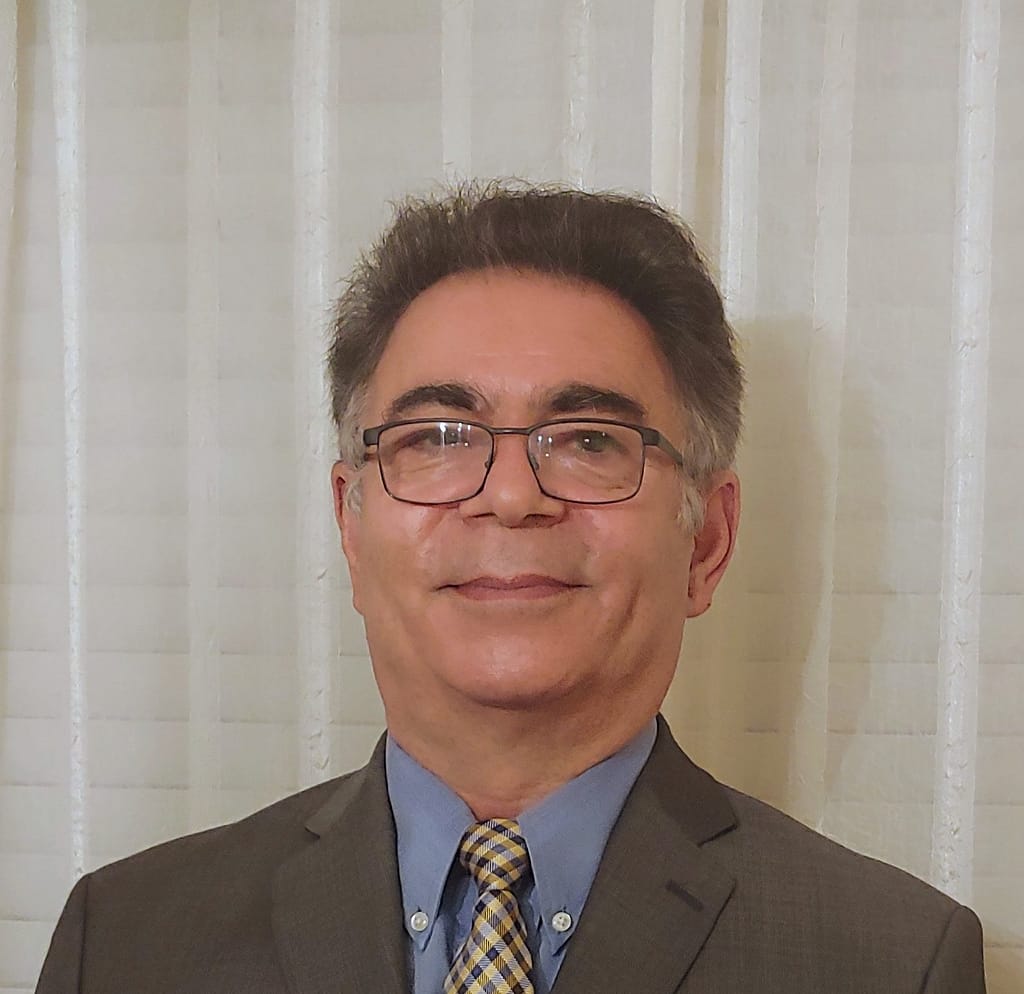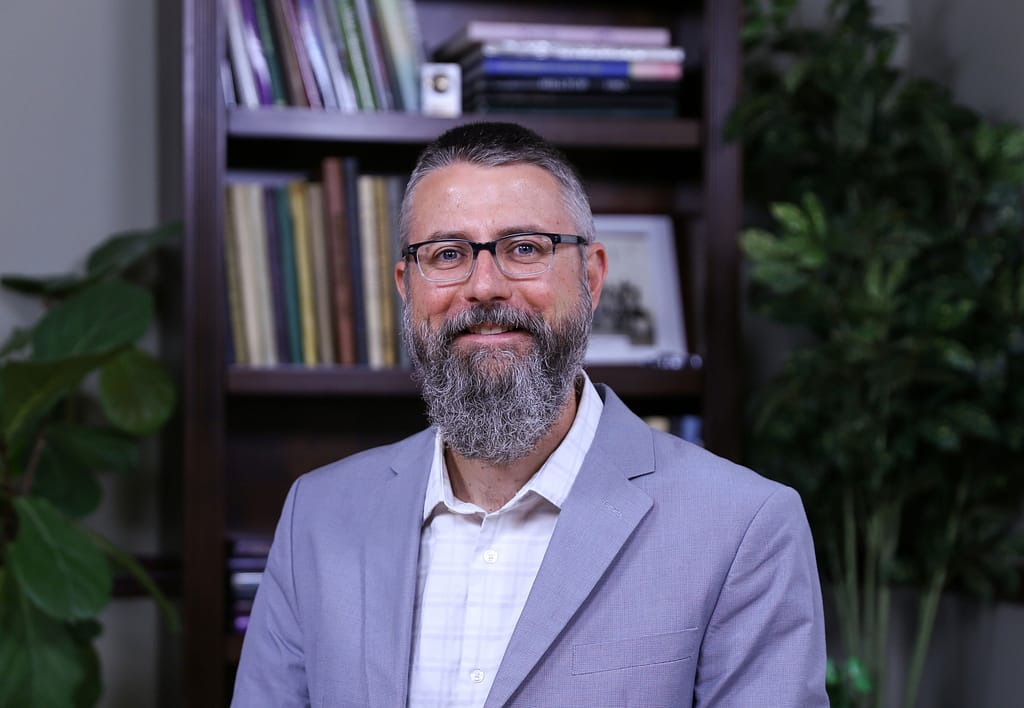About
The TESOL Minor is designed to give Saint Michael’s students a solid foundation in the principle skills necessary to teach English as an additional language to the speakers of other languages. Students in the TESOL Minor can benefit from and use the Minor in several ways: Students majoring in a foreign language will better understand the linguistic and cultural components involved in language learning; students planning Study Abroad will have useful opportunities to work with international students and new Americans from around the world as tutors and/or conversations partners; students preparing to teach may work with second language learners in Vermont and around the country; and students planning any career that involves international communication will gain cross-cultural sensitivity to other users of English as a global language. The TESOL Minor gives students a head start on an MATESOL degree (Master of Art in Teaching English to Speakers of Other Languages) at Saint Michael’s. Students who complete the TESOL Minor are able to finish the MATESOL in one calendar year after their graduation.







